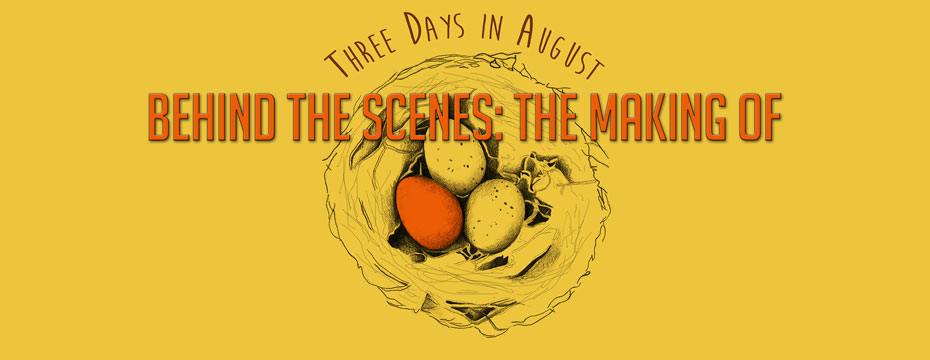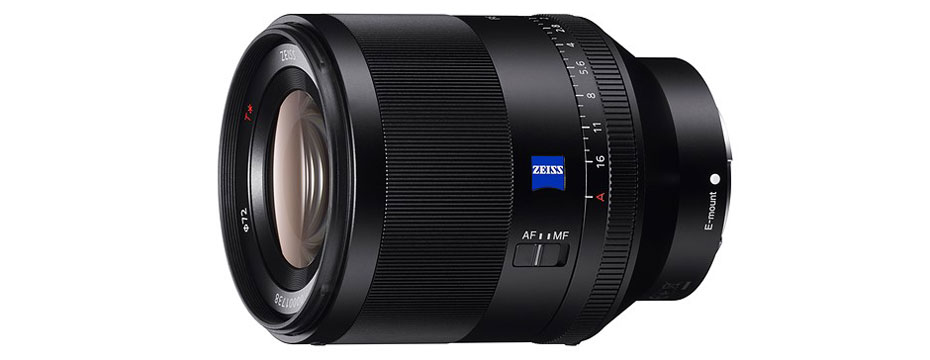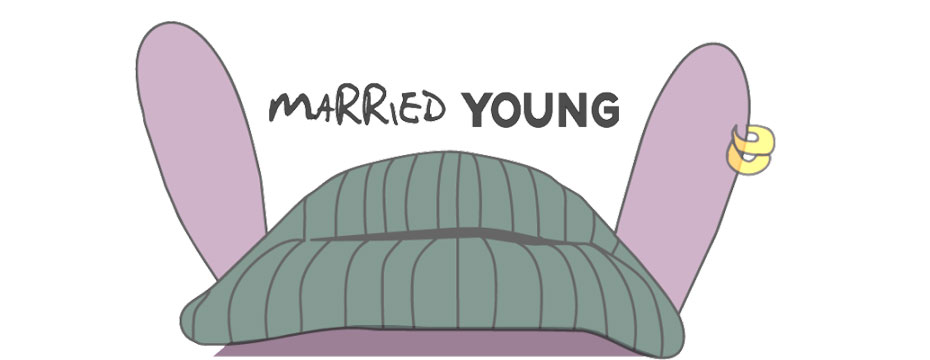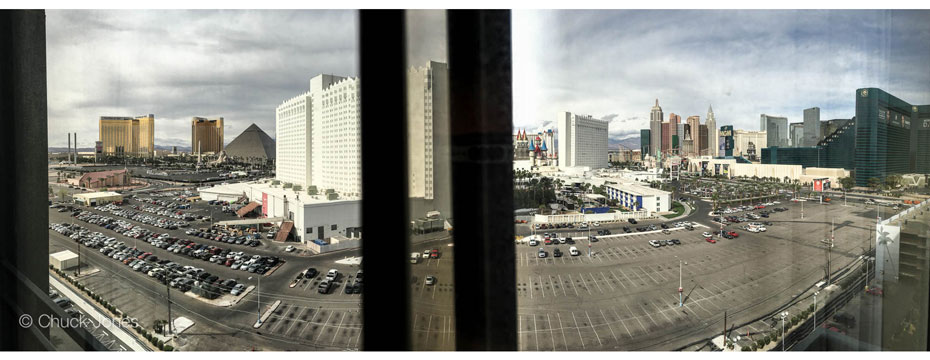
The Making of: Three Days In August
Have you ever wondered what it would be like to actually shoot a feature length motion picture using only a Sony mirrorless body? Wonder no more, The movie is called Three Days In August! This first feature film shot exclusively in 4K on a Sony Alpha mirrorless camera premiered on the big screen April 19th, 2016 at the Dallas International Film Festival. Sony Artisan Jeff Berlin was one of the Producers and camera operators who made Three Days In August. So when my friends Paul Gero and Marc Weisberg, both also Sony Artisans, invited me along at Cinegear Expo to hear Jeff Berlin and a panel who made the movie discuss how they chose to use 35mm format a7R II cameras and what their experiences were, how could I resist? Many thanks to panel members Jeff Berlin, Bongani Mlambo, Cem Ozkilicci and Sony Camera Division’s Senior Product Information Manager, El-Deane Naude for participating in this discussion and for extending permission for me to cover this event from the front row so I could share it with all of you.
One note on the video of the event above. It was a one hour event I had to shoot completely hand held. So if the video seems a bit shaky at times, please forgive these old tired hands.
Three Days In August: α7R II Shoots A Feature Film in 4K
Three Days In August, directed by Johnathan Brownlee, was shot on location in Mineral Wells, Texas on the Sony Alpha α7R II camera and Leica Summicron-C cinema lenses. It was shot in 4K and recorded on Atomos Shogun 4K monitor / recorders. Camera support was by Oconnor and Wooden Camera. The cameras were powered by Anton Bauer V mount batteries and sets were lit by Litepanels and others. The film was edited by one of the editors that cut Moneyball and colored by the facility that did Max Max, Toronto Canada’s Alter Ego.
“It was an extraordinary experience helping to produce and being a part of the team that made this film. And that we shot it on Sony Alpha and it’s about to hit the big screen says everything about how Sony Alpha cameras are disrupting independent filmmaking. The Sony α7R II exceeded all my expectations in both picture quality and workflow,” says director Johnathan Brownlee. “We were so fortunate to be the first to make a feature film for theaters with this incredible tool.”
Source: Sony Alpha Universe





